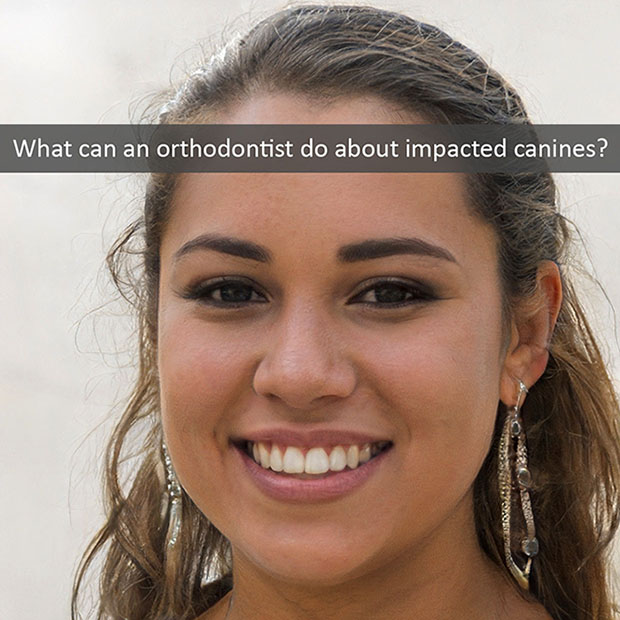Impacted Canine: A Job for an Orthodontist

Every smile operates on a different schedule, with some people getting their adult teeth later than others.
But what about when a tooth doesn’t show up? An impacted tooth is one that remains partially or fully under the gums (or turns in the wrong direction) because there isn’t room for it to come in normally.
Which Teeth Are Prone to Impaction?
This happens most often in wisdom teeth, but not always. The upper canines (often just one, but sometimes both) are the next most likely to be impacted. Without the adult tooth coming in to push on it, the baby tooth might never become loose.
What’s the Problem With Tooth Impaction?
Impacted teeth can cause serious complications, including gum disease, infections, cavities, and nerve damage. Someone with an untreated impacted tooth may experience jaw pain or tenderness, swollen gums or lymph nodes, and bad breath or a persistent bad taste. An impacted tooth can also mean a gap in the smile.
How We Correct Impacted Teeth
There isn’t really a way to prevent impaction, but impacted wisdom teeth can be extracted and impacted canines can be pulled into place through a combination of oral surgery and orthodontic treatment. Once dental X-rays identify the impacted tooth, the orthodontist makes a plan for how to move it to its proper position.
